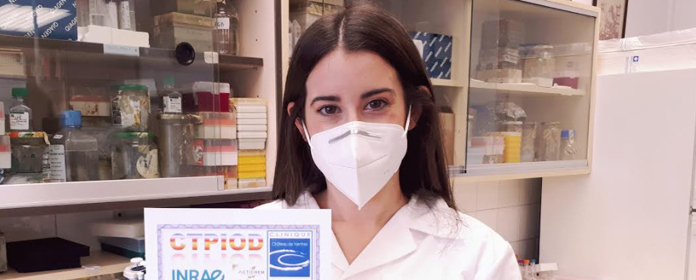Nature.com publishes two papers on small mammals and fishes of Navarra collected over the last 40 years
Researchers from the Museum of Natural Sciences of the University of Navarra have collected more than 72,000 georeferences of mammals and 150,000 of fish.

The group publishing house of the scientific journal Nature and its web site Nature.com have published two papers on data collected by researchers of the School of Sciences of the University of Navarra in the last 40 years. These correspond to skulls, jaws and skeletons of 36 species of small mammals -which provide more than 72,000 georeferenced specimens-, most of them coming from the 10,000 square kilometers area that constitutes the Comunidad Foral. They all form part of the Vertebrate Collection of the Museum of Natural Sciences, which has 1.5 million specimens and is the second largest university museum in Spain.
"Navarra has a high diversity because it is a transition zone between three biogeographic regions: Atlantic, Mediterranean and Alpine. In addition, these records of small mammals are being enriched since 2015 with several projects in the Zone average and La Ribera, related to owl pellets: the balls of uneaten food that raptors regurgitate and that provide very valuable information on the evolution of small mammal communities", explains the researcher and coordinator of the study, David Galicia.
The Iberian Peninsula: also rich in fishThe second article provides an extensive record of freshwater fish (freshwater aquaculture) that allows us to know the composition of the communities that inhabit the rivers of Navarra, their functioning or the effects that human activity has on them. Professor Rafael Miranda explains that in order to carry out research of this subject it is necessary to have abundant data taken over time: "Over the years, different researchers from department of Environmental Biology of the University have documented nearly 150,000 measurements of fish belonging to 41 species, collected in 233 locations in rivers of the Iberian Peninsula".
These records allow the expert to affirm that the rivers of the Peninsula conserve their diversity. "In Spain and Portugal, many endemic fish species persist, which only exist here. However, we must not forget the threats they suffer from freshwater extraction or invasive species," he says.
The data of both programs of study published on Nature.com are drawn from the collections of the academic center's Museum. "Part of our work is to collect, manage and share them with other researchers through international networks such as GBIF. This is core topic for the subsequent preparation of reports on the planet's biodiversity, from which decisions can be made to protect our environment," concludes Environmental Biology professor David Galicia.




